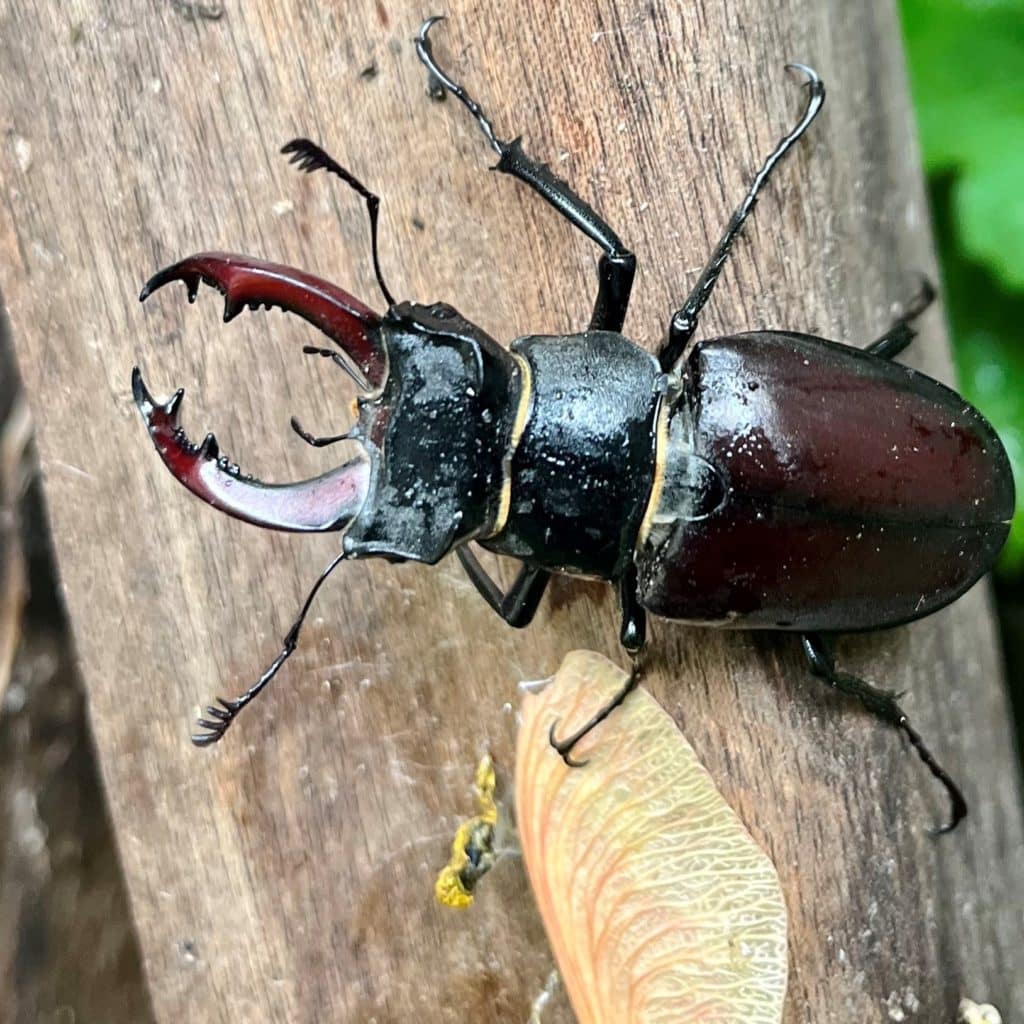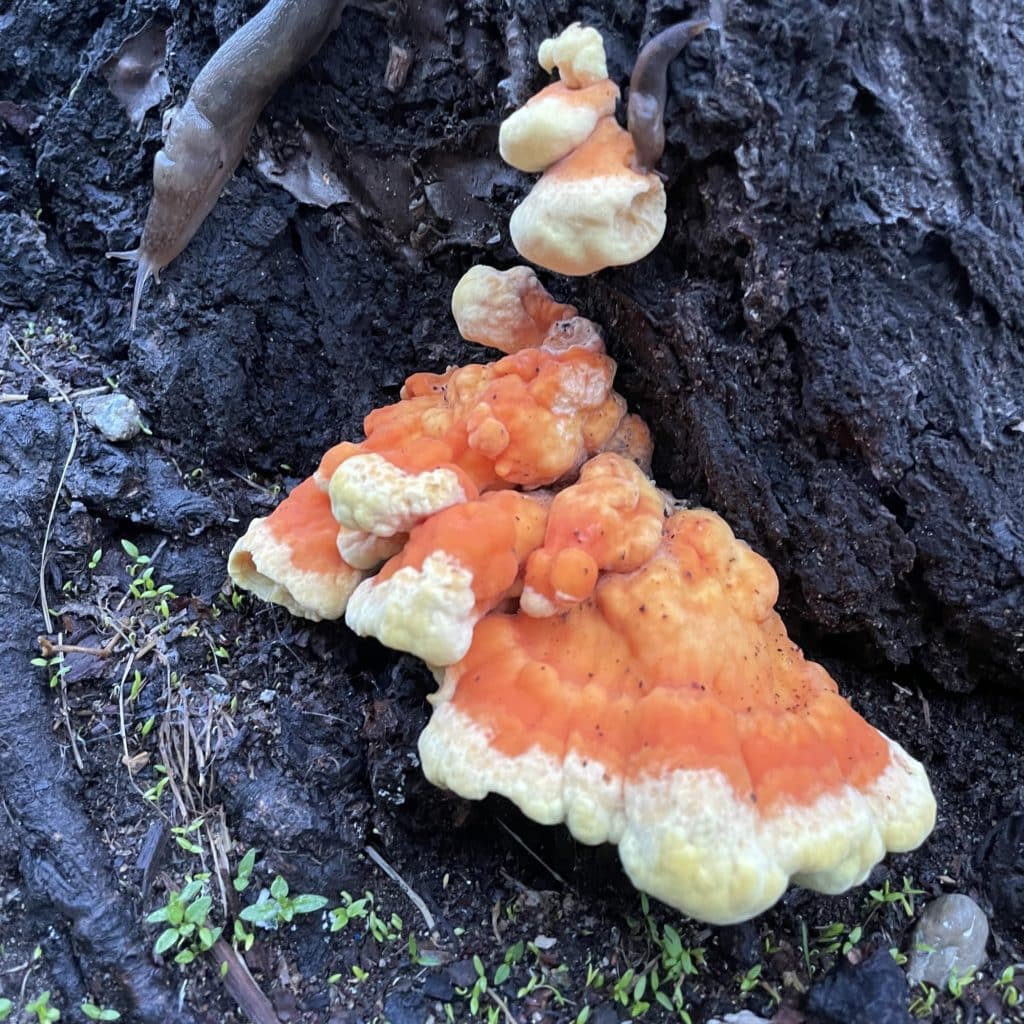As summer hits its stride, we’re taking a moment to look back on six months of GiGL insights and stories. In this editorial, you’ll find GiGL updates, spotlights on key projects we’ve been working on, and highlights of places to explore and species to spot. We’re also excited to introduce our roundup of recording from the past six-months, a new feature of the editorial which provides a snapshot of recent recording efforts and some of the fascinating species discovered. Whether you’re venturing out to explore a new green space or keen to learn more about London’s environment from home, this is your essential recap from the GiGLer newsletter.
Six Month Recording Roundup
A mega 1.4 million records have been logged by our hard-working team over the last 6-months. That takes our total to 10,812,560 species records!
The high numbers this year are largely due to a bulk download from iRecord and uploads of borough tree datasets for the London Tree Map, which cover multiple years. The actual number of species records received within 2025 so far is 87,505.
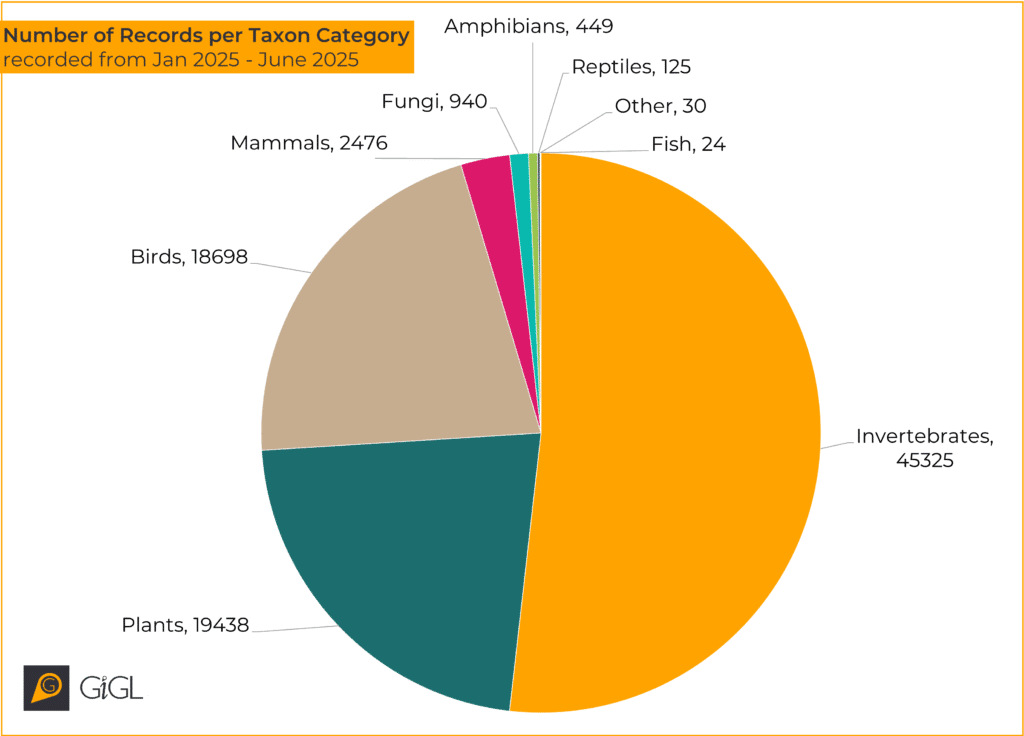
It seems to be a good year for butterflies, being the highest recorded taxon group so far, with 23,502 recordings. On the rarer side of things, a striped hawk-moth (Hyles livornica) has been recorded for the 4th time ever in London, and a rare white-lipped yellow-face bee (Hylaeus incongruous) is suspected to have been spotted by a member of the London Natural History Society too – only the second record of this species for GiGL’s database.
As for the amazing photos we’ve received with records, here are a few that really stood out…

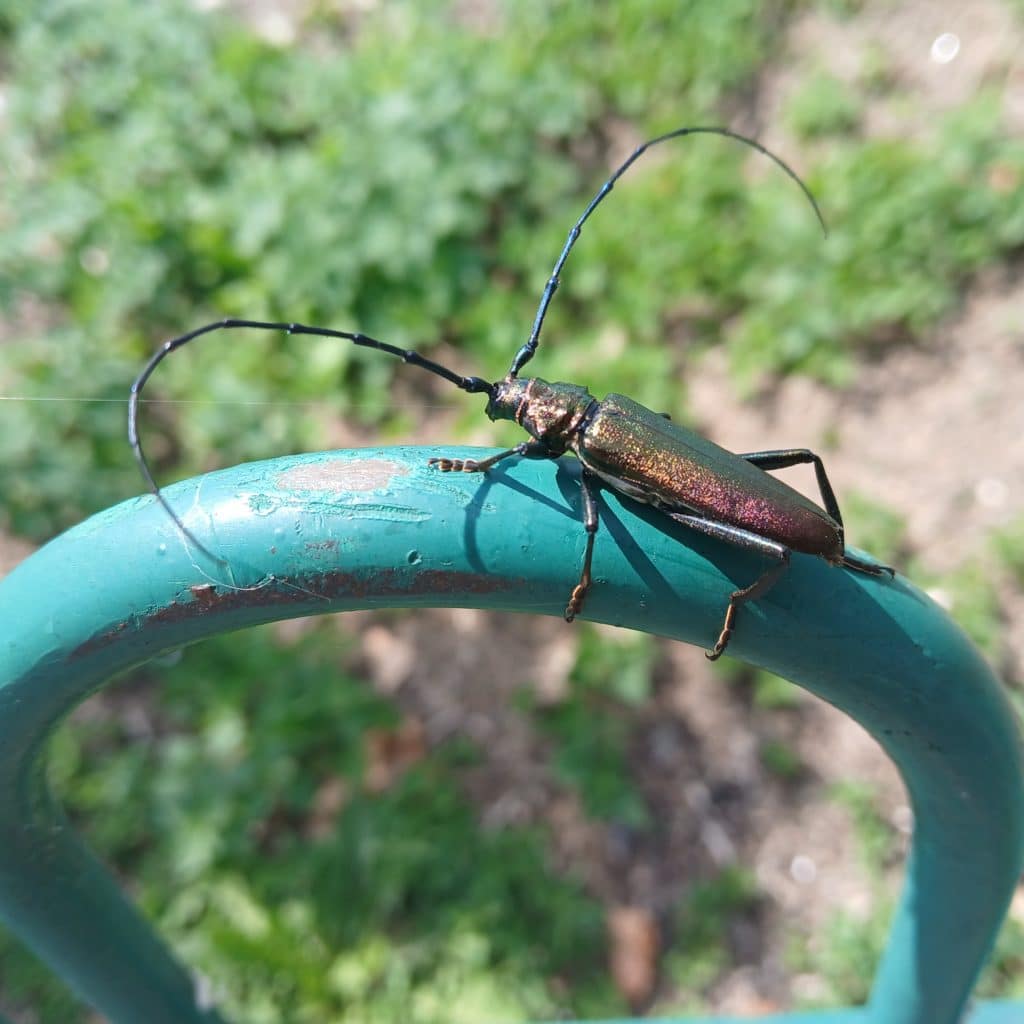
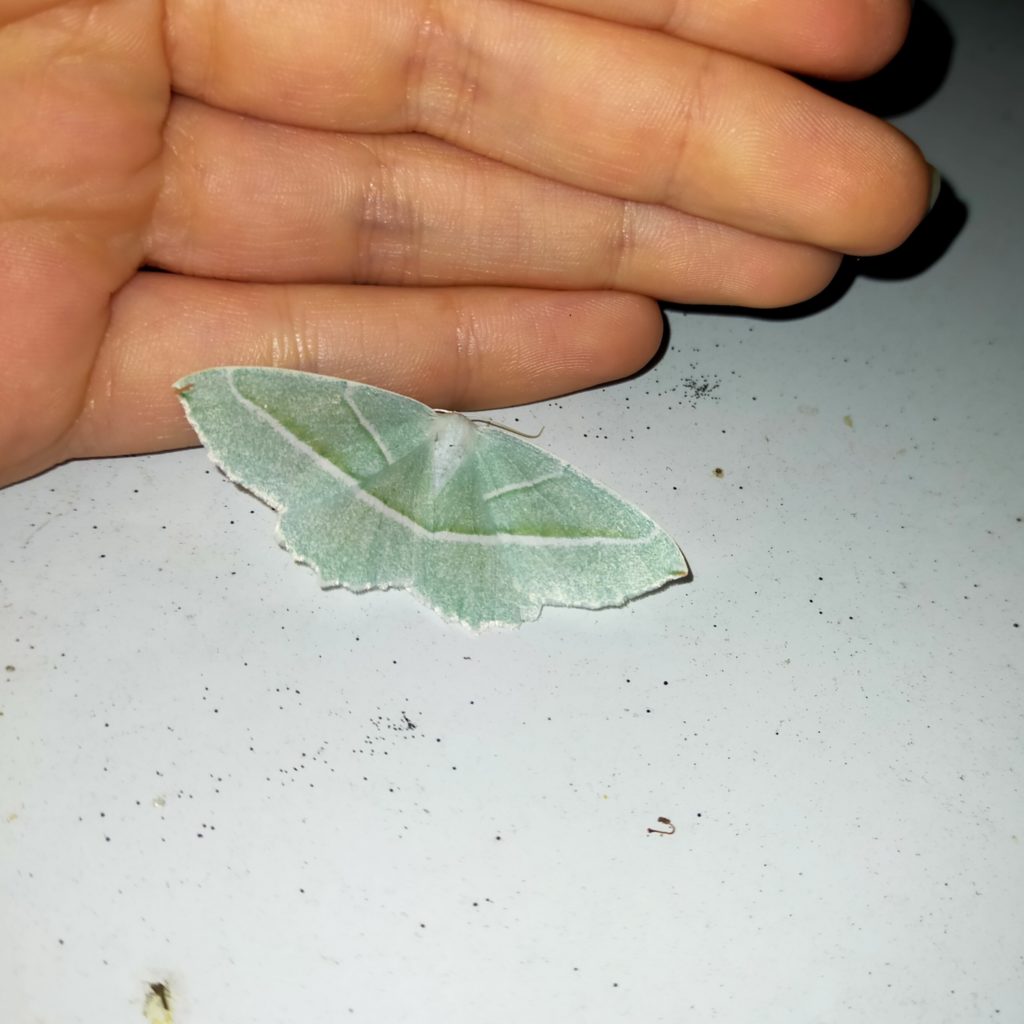
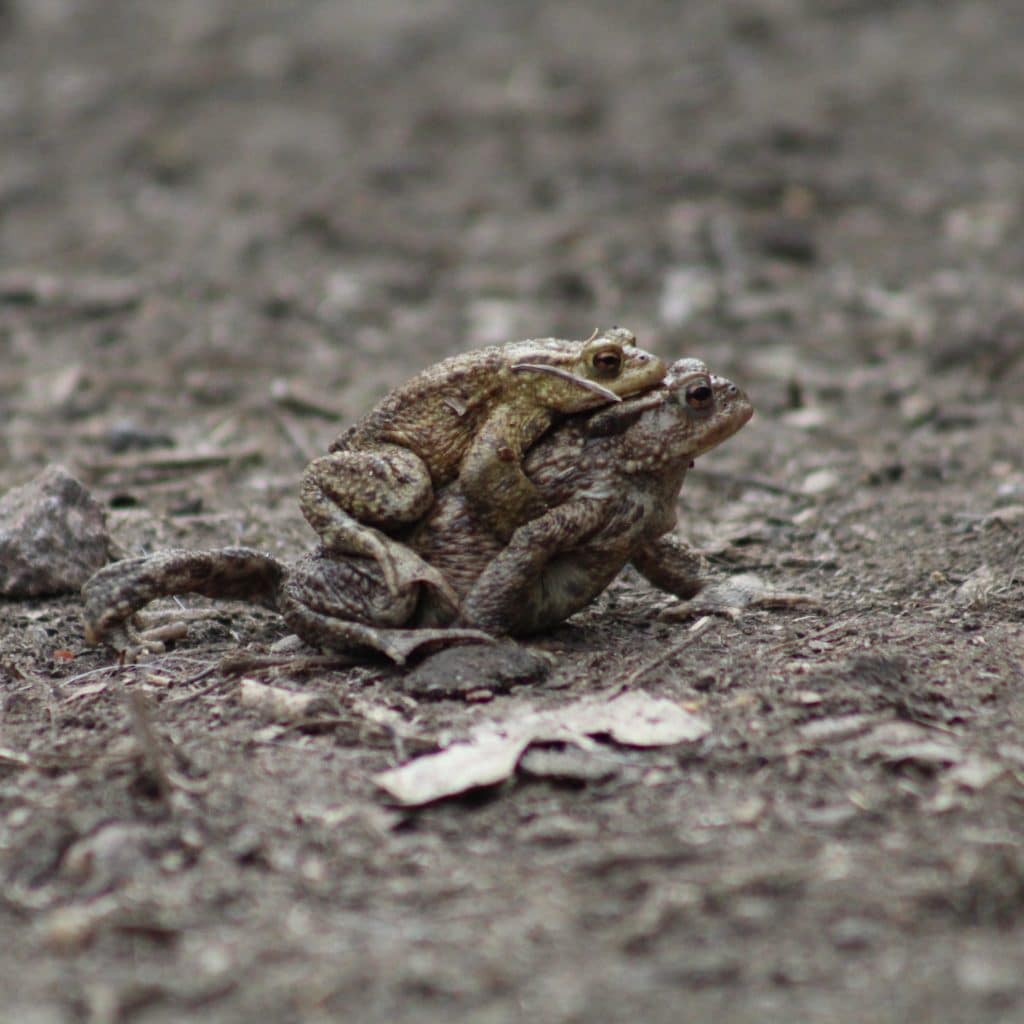
Newsletter highlights
Exploring London
Issue 37 saw articles that invited readers to discover nature across London – from local streets to wild rivers.
In May’s article, we showcased our partnership project with Enable LC and Wandsworth Council. Together, we developed a survey with the aim to assess the provision for wildlife in residents’ gardens and other private outdoor spaces – and we analysed the results. The survey also encouraged people to notice, nurture, and celebrate their local wildlife. Explore the findings and get inspired by the nature on your doorstep by reading more here: What can you find on your street? Wandsworth’s ‘On Your Street’ Garden Survey.
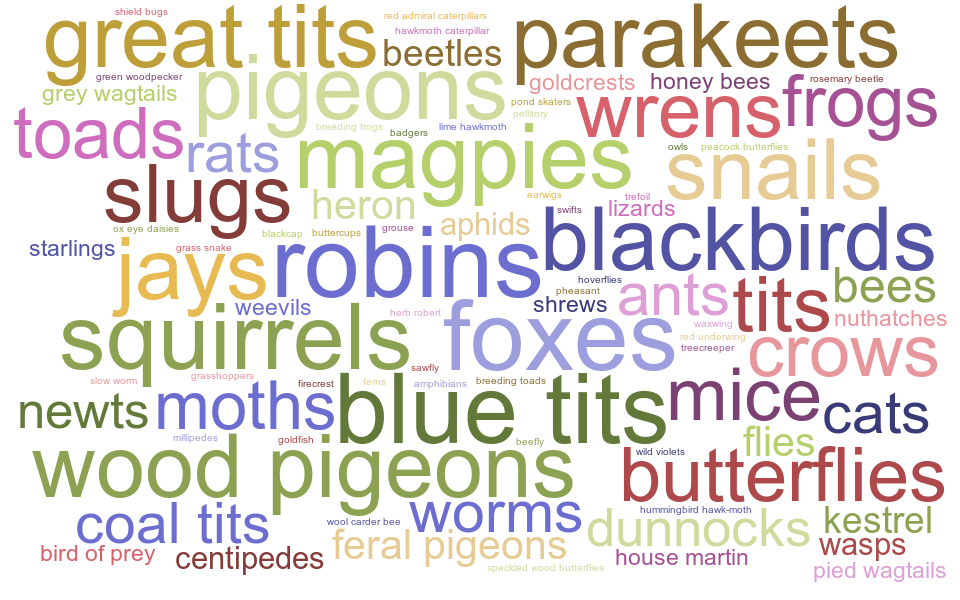
One site for our readers to venture into is a green gem in the heart of the Barbican Estate’s concrete landscape – the Barbican Wildlife Garden. This carefully tended space has evolved with the help of the Barbican Wildlife Group and includes diverse habitats hosting over 300 recorded species. It’s a testament to what can thrive when people come together for nature. Find out more and see it for yourself this summer: Barbican Wildlife Garden.
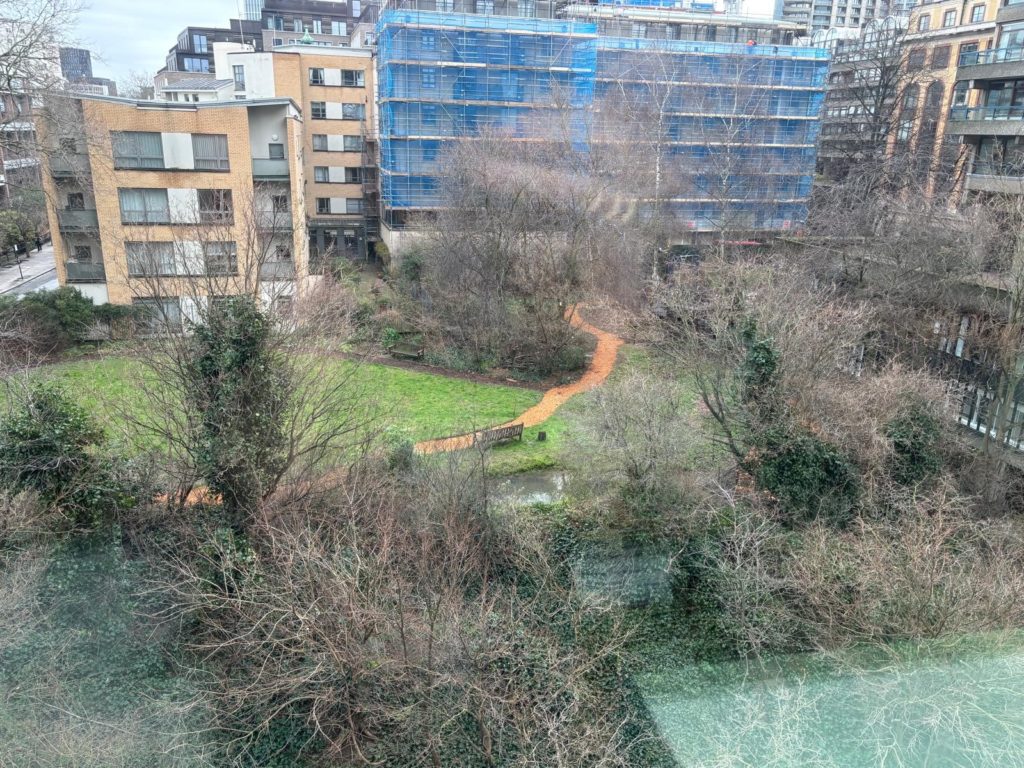
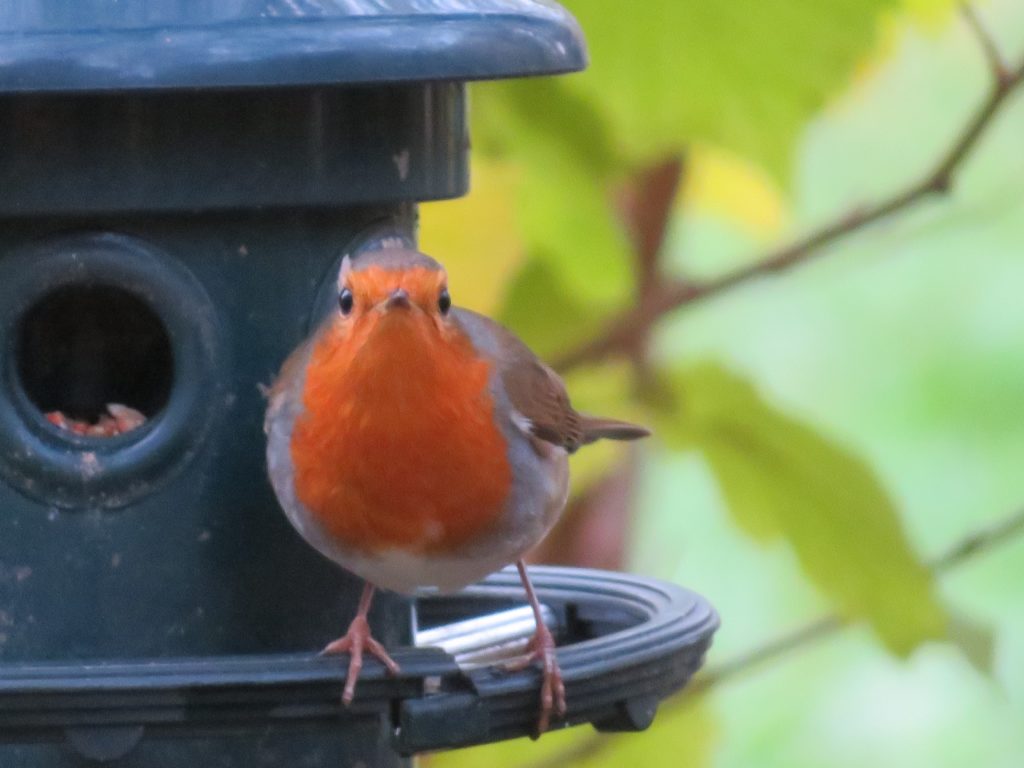
When National Insect Week came around, we took the chance to spotlight some of London’s remarkable insects, as well as the unique sites that host them. We highlighted the priority species on the recently compiled Local Nature Recovery Strategy longlist – the recording and monitoring of which are essential for the strategy going forward. From beetles to bees, start the discovery here: Exploring London’s Insect Records for National Insect Week, and mark your calendar for Insect Week 2026 – 22–28th June!
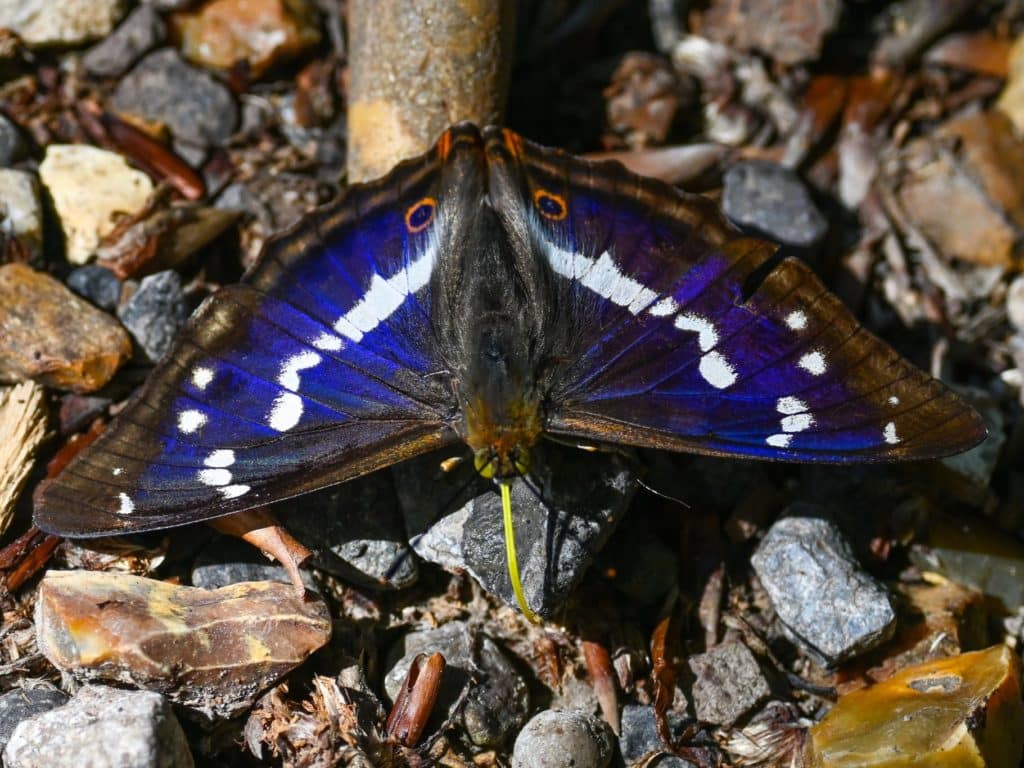
We also joined in with celebrating London Rivers Week this year, working towards a project that was launched during this celebration. London’s rivers are lifelines for nature, connecting green spaces with blue corridors. Working with partners, led by the Environment Agency, we created a map showcasing river restoration opportunities and spotlighting projects already making a difference. Explore where nature is being revived near you: River Restoration Opportunities.
The Importance of Community
We opened Issue 37 with a deep dive into October 2024’s sold-out London Day of Nature. The event brought together communities, experts, and nature enthusiasts for a packed day of talks, networking, and shared discoveries. The event sold-out quickly and we wanted to give those who may have missed it a chance to fully embrace the day and be able to discover and learn as much as possible without being there. Couldn’t make it? Check out stories from the day in London Day of Nature Part 1 and Part 2.
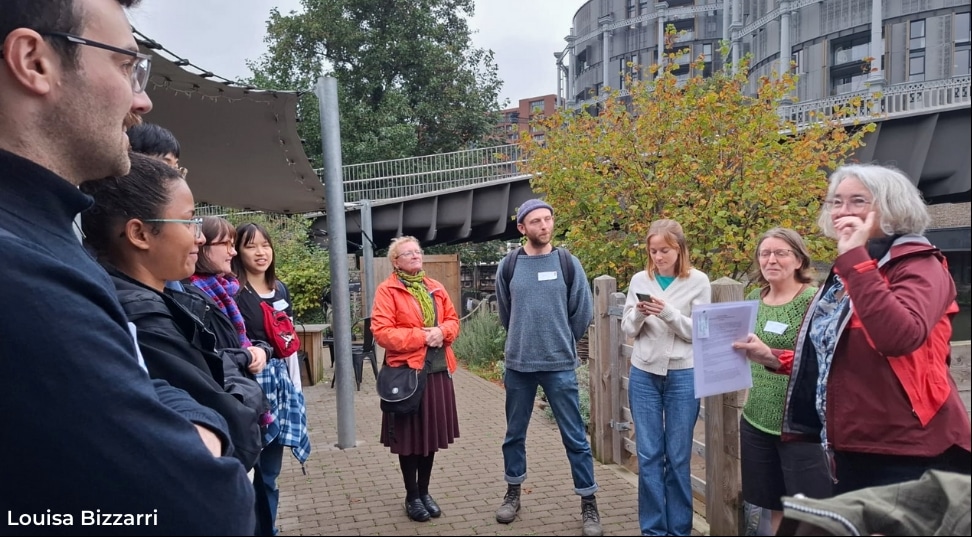
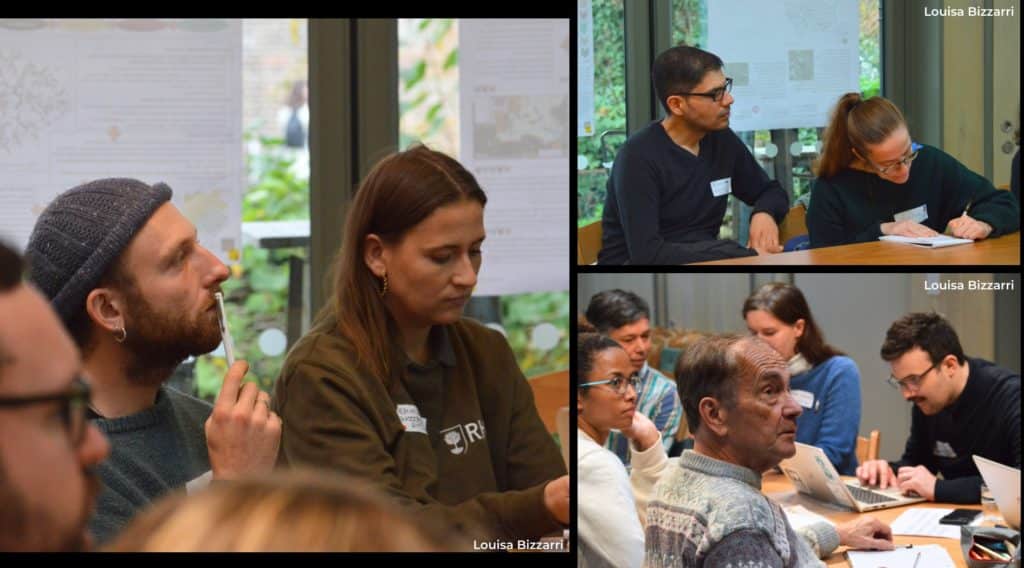
One standout connection from the London Day of Nature event was with attendee Giuseppe Intrieri, who later penned an article highlighting powerful stories of local people standing up for their green spaces – and winning! Some of Giuseppe’s beautiful photography also helped in telling the tale. His story resonated with readers, shining a light on the strength of community action. Be inspired by his journey: How Communities Saved the Woods in London.
At GiGL, community is at the core of our work. As a social enterprise and community interest company, we champion both environmental and social impact. Our investment in data, services and collaborations helps shape local projects, guide planning, and strengthen connections with nature. See what it means to be a social enterprise and discover how data can power change: The impact of GiGL as a Social Enterprise & How GiGL delivers social Impact.
More to learn:
We always enjoy shining a light on our team through our staff interview articles – and none more so than our long-awaited interview with Claudia Watts, GiGL’s Royal Parks Officer. A longstanding team member with more knowledge and adventures than could possibly fit into one article! Enjoy hearing about Claudia’s journey to GiGL, her varied role, and just some of the species and spaces that are close to her heart: Claudia Watts, Interview.
In February we turned our focus to London’s Axiophytes with Paul Losse, who explored these ‘worthy plants’ that serve as key indicators of ecological value. By understanding where they grow and why they matter, we gain a deeper understanding of London’s spaces and the habitats and biodiversity they support. Uncover the hidden habitat stories behind these unique species: London Axiophytes – the whys and wherefores.
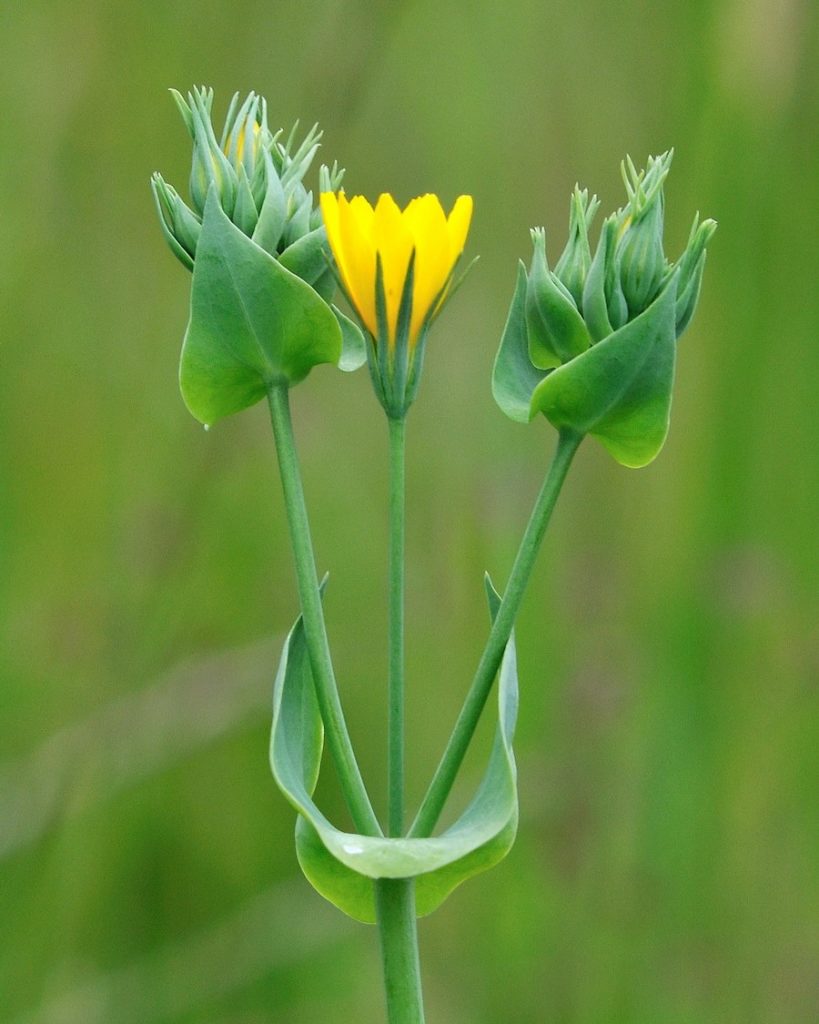
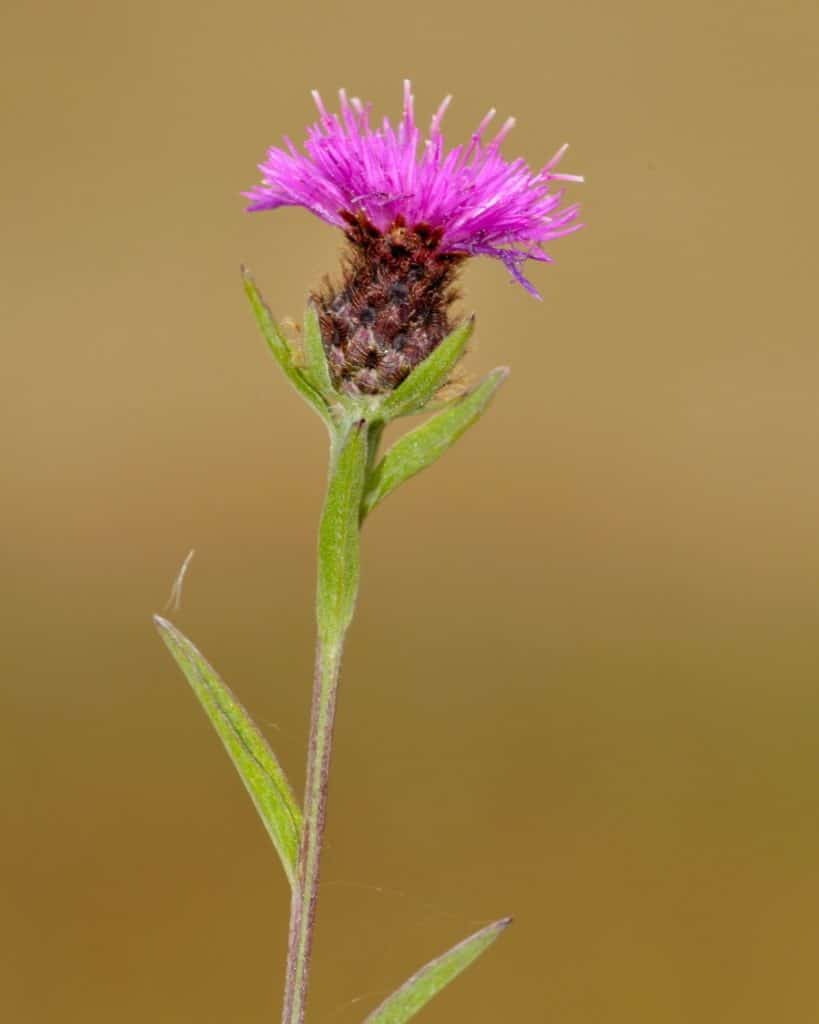
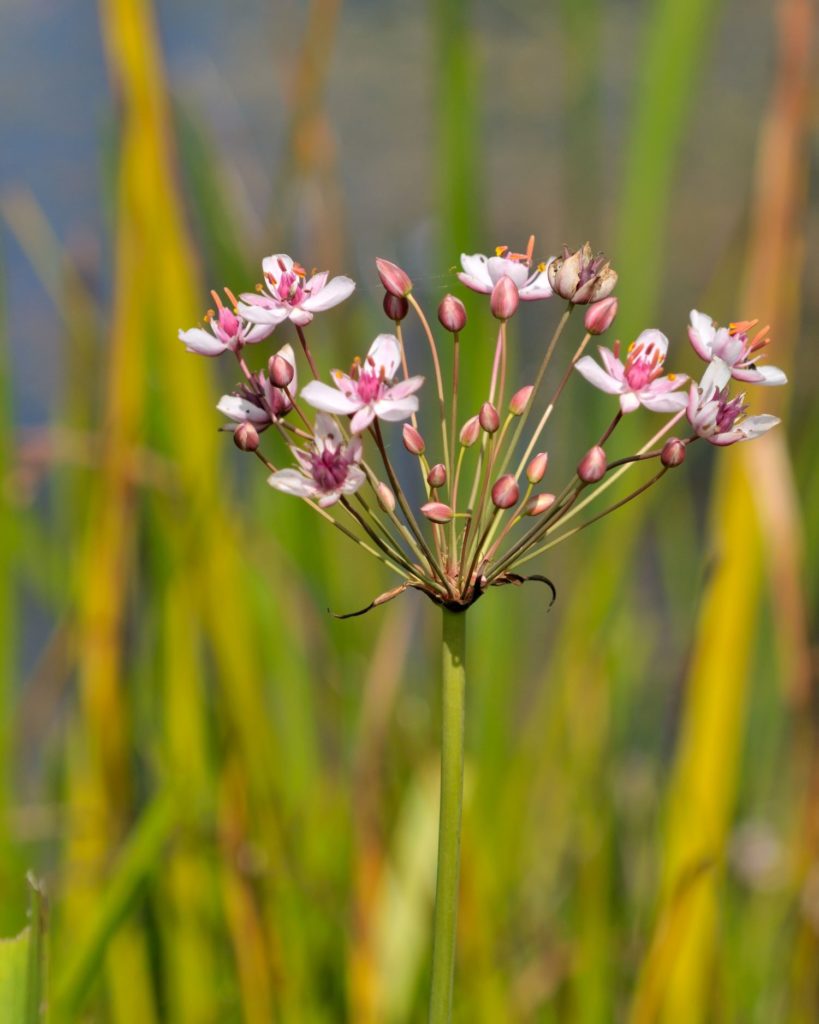
The next six months:
We’ll be back with new stories and updates over the next six months with Issue 38. Expect LNRS updates, more tales of community action, and spotlights on our projects.
On the recording side of things, we’re in full swing of stag beetle season as we reach the peak of Summer, so look out for these and expect more stats on them next time. Why not also practice fungi ID skills as we enter Autumn primetime for many of these species. Wintering birds will also be returning around Autumn. Check out our accessible wildlife sites map to find your next adventure to discover these species and more.
In the meantime, whether you’re visiting the Barbican Wildlife Garden, recording birds in your garden, or joining a community effort, remember to stay tuned to the GiGLer and keep us up to date with your recording efforts!
